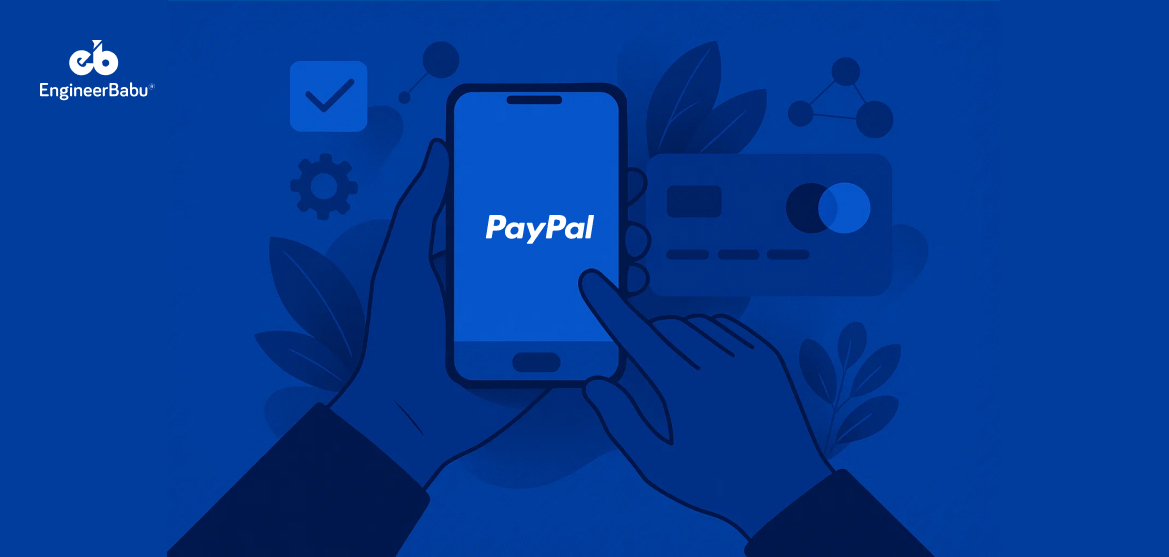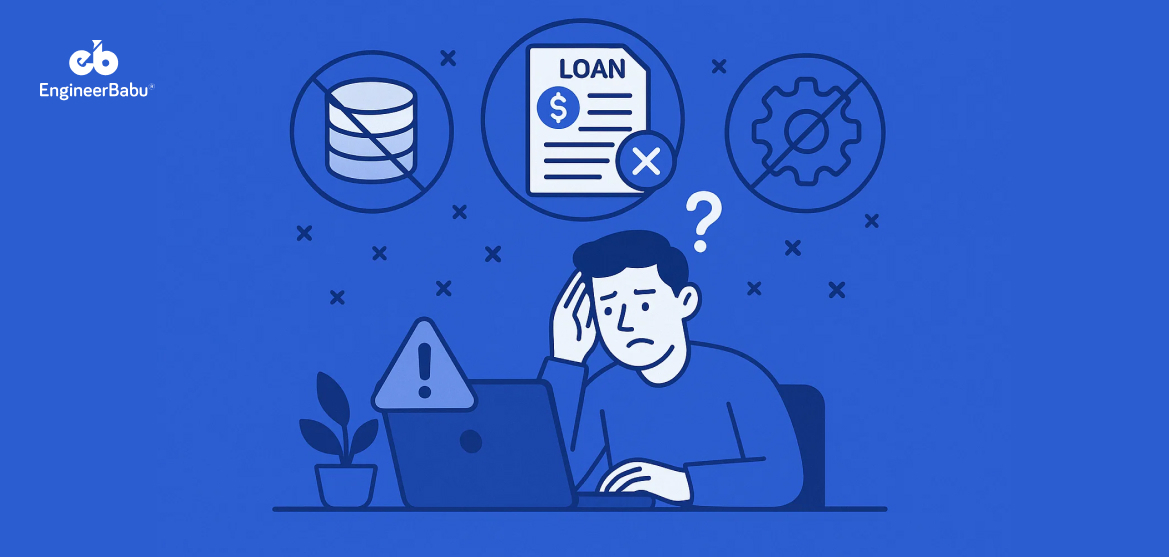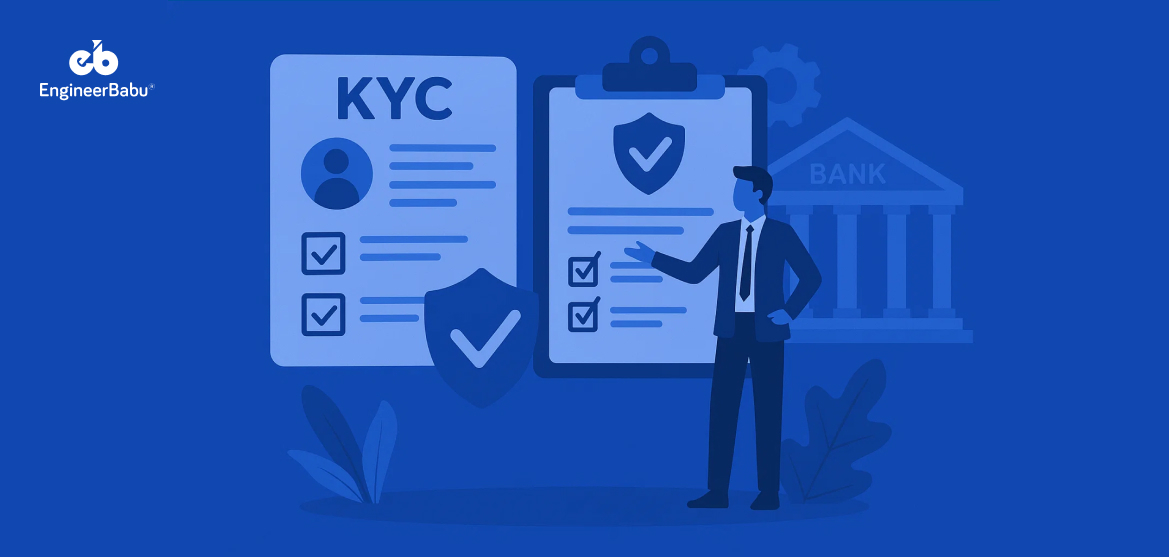When people in the United States think of sending or receiving money online, PayPal is usually one of the first names that comes to mind. For more than two decades, it has set the standard for convenient and secure digital payments.
What makes it interesting is that even with PayPal’s strong presence, the U.S. market for digital wallets and peer-to-peer transfers keeps growing. As a result, this leaves plenty of room for new players.
To give you a sense of scale, Statista reports that digital payment transaction value in the U.S. is projected to reach US$3.10tn by the end of 2025. Also, services like Venmo, Cash App, and Zelle are proof that American users welcome alternatives, especially those that bring innovation, speed, or a better user experience.
That means if you are wondering how to create an app like PayPal, the opportunity is real, but success depends on understanding the U.S. regulatory environment and the step-by-step process to build a payments app.
Understanding the US Digital Payment Landscape
Before diving into how to create an app like PayPal, it’s important to look at the bigger picture of digital payments in the United States.
This is one of the largest and most competitive markets in the world, which makes it both attractive and challenging for new fintech products.
Market size and adoption
The United States has a mature digital payment ecosystem. According to McKinsey’s 2024 Digital Payments Survey, 9 out of ten U.S. consumers used some form of digital payment in the past year.
This widespread adoption shows that digital payments are no longer a niche habit; they are part of daily financial life.
Key competitors
While PayPal remains a leader, users have plenty of options. Venmo, owned by PayPal, has become he most used P2P Payment app, especially among younger audiences. Square’s Cash App has built strong traction by combining payments with investing and Bitcoin trading.
Zelle, on the other hand, is deeply integrated into banking apps, which gives it a built-in trust factor for many customers. So, for a new app to succeed, it has to identify what gap these players are not filling and how to deliver value beyond convenience.
Regulatory environment
Regulation is one of the biggest factors shaping this market. In the U.S., any app that handles money transfers may need to register as a Money Services Business with FinCEN. In addition, most states require a Money Transmitter License, which means compliance can become complex and expensive.
There are also strict requirements around anti-money laundering programs, know-your-customer verification, and fraud prevention.
User behavior and expectations
American users expect payments to be instant, secure, and low-cost. Features like biometric authentication, real-time notifications, and simple user interfaces are now standard. Speed is especially important.
A study by Visa found that over 70% of U.S. consumers expect transfers to happen in real time or within a few minutes. Any app that lags on this front risks losing trust quickly.
Core Features of a PayPal-like App
If you want to know how to create an app like PayPal, the first step is defining the features that will make the product useful and trustworthy. Here are the essential features to consider, along with why they matter.
User registration and verification
Every financial app starts with account creation, but in the U.S., you also need to follow strict identity checks. A robust KYC (Know Your Customer) process ensures compliance with federal laws and helps reduce fraud. This typically includes collecting government-issued ID, Social Security Number, and proof of address. The key is to make this secure without overwhelming the user.
Digital wallet functionality
The wallet is the foundation of the app. Users should be able to store funds, check balances, and view transaction history. A clear, intuitive dashboard makes it easy for people to manage their money. For U.S. customers, adding features like automatic transfer to bank accounts or interest-bearing balances can increase engagement.
Related: How to create a digital wallet app.
Bank account and card linking
Most Americans expect to link debit cards, credit cards, or bank accounts seamlessly. Integration with ACH (Automated Clearing House) is critical for handling direct deposits and transfers. Your app should support instant verification options, like micro-deposits or third-party services such as Plaid, to reduce drop-off during setup.
Merchant payments
A PayPal-like app should not stop at peer-to-peer. Supporting in-store and online checkout creates new revenue streams. U.S. merchants look for simple integration, whether through APIs, QR codes, or partnerships with platforms like Shopify. Offering buyer and seller protection also builds trust.
Security measures
Security is not optional in the U.S. financial sector. The app should include multi-factor authentication, end-to-end encryption, fraud monitoring, and biometric login options. Users are quick to abandon apps that appear unsafe. Regular third-party audits can further reassure customers.
When you think about how to create an app like PayPal, remember that success is not about copying every feature. It’s about building the foundation of trust, speed, and usability, then finding your unique angle to stand out in the crowded U.S. market.
How to Build an App like PayPal: Development Process
If you are learning how to create an app like PayPal, the process needs a structured approach. Each stage builds on the previous one to ensure the app is compliant, secure, and user-friendly for the U.S. market. Here are six stages to guide the development journey.
Market research and analysis
Understanding the U.S. payments landscape is the foundation. Analyze competitors such as Venmo, Zelle, and Cash App, and study consumer expectations for speed, security, and cost. Research licensing requirements at both the federal and state levels. This stage helps identify gaps in the market and ensures your app concept is both relevant and legally feasible.
Wireframing and prototyping
Before development begins, map out the user journey through wireframes. Prototypes make it possible to test early workflows like registration, wallet setup, and transfers. By gathering user feedback at this stage, you can validate assumptions and refine the design. A thoughtful prototype reduces rework and saves resources during the later coding and integration phases.
UI/UX design
The design process focuses on creating a clean, intuitive interface. In the U.S., financial apps succeed when users can quickly find features like balances, transaction history, and support. Accessibility is critical, so consider a design that accommodates diverse users. Consistency in colors, typography, and navigation builds trust and makes the app feel polished and professional.
MVP development
Develop a minimum viable product that includes core features like account registration, wallet functionality, card or bank linking, peer-to-peer transfers, and strong authentication. Launching with an MVP helps you test security and usability without heavy upfront investment. This approach ensures you deliver value quickly while reserving advanced services, like merchant tools, for future updates.
Backend and integration
The backend supports the app’s reliability. Choose a scalable architecture with secure databases and strong APIs. Integration with ACH transfers, debit and credit cards, and third-party services like Plaid ensures smooth onboarding for U.S. users. Fraud detection systems and encryption are critical here. A robust backend safeguards financial transactions and protects sensitive customer information.
Testing and launch
Testing validates performance, compliance, and security. Run functional, usability, and penetration tests to eliminate bugs and vulnerabilities. U.S. users expect seamless transactions, so reliability at launch is essential. Some companies release in a limited region first to refine operations. Once stable, you can scale nationwide with continuous updates to keep pace with regulations and competition.
Costs Involved in Building a PayPal-like App in the USA
The cost of building a payment app varies widely depending on complexity, features, and compliance requirements. For a U.S.-focused product, expenses include mobile app development, licensing, security infrastructure, and ongoing maintenance.
A basic version might cost between $15,000 and $25,000, while a full-scale solution with advanced features can reach up to $50,000.
Understanding how to create an app like PayPal also means budgeting for continuous audits, legal updates, and customer support to stay competitive and compliant.
Conclusion
Creating a digital payment app for the U.S. market is a big opportunity, but it also comes with serious challenges. From meeting strict compliance requirements to earning user trust, every step matters.
If you are serious about how to create an app like PayPal, you need the right mix of strategy, technology, and execution. Partnering with experts can shorten the journey and reduce risks.
EngineerBabu has worked with startups and enterprises to bring complex fintech products to life. If you are ready to explore your idea, our team can help you build, launch, and scale your solution in the U.S. market.
Get in touch today and start your journey with a trusted fintech app development company.
FAQs
How long does it take to build a PayPal-like app?
Timelines vary depending on features and compliance. A minimum viable product (MVP) can take 6–9 months, while a fully featured solution may require 12–18 months.
What licenses are needed to launch a payment app in the U.S.?
You may need to register as a Money Services Business with FinCEN and obtain state-level Money Transmitter Licenses. Compliance with AML and KYC regulations is also mandatory.
How secure are payment apps compared to banks?
Well-built payment apps can be just as secure. Features like encryption, two-factor authentication, fraud monitoring, and regular audits are standard for protecting user data and funds.
Can I integrate cryptocurrency payments into a PayPal-like app?
Yes, many apps now offer crypto options. However, this adds additional regulatory and technical complexity, so it’s important to plan for licenses, custody solutions, and volatility management.
Why choose EngineerBabu for fintech app development?
EngineerBabu specializes in building scalable and compliant financial technology products. With experience across payments, banking, and digital wallets, our team understands U.S. regulations and user expectations, helping you launch faster and with confidence.




